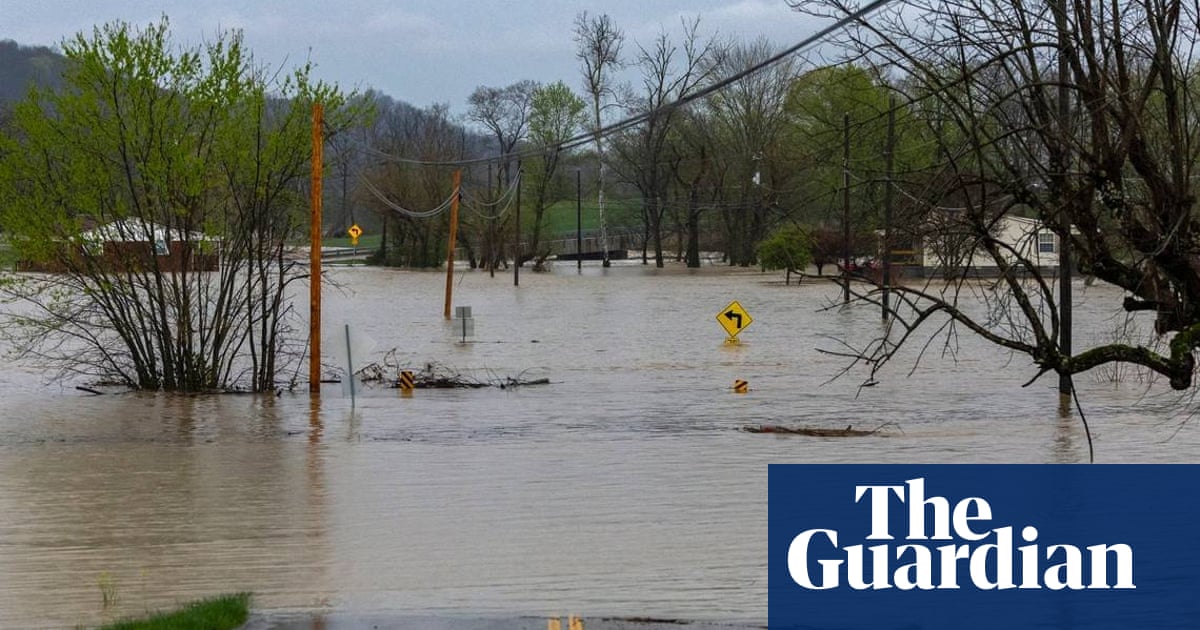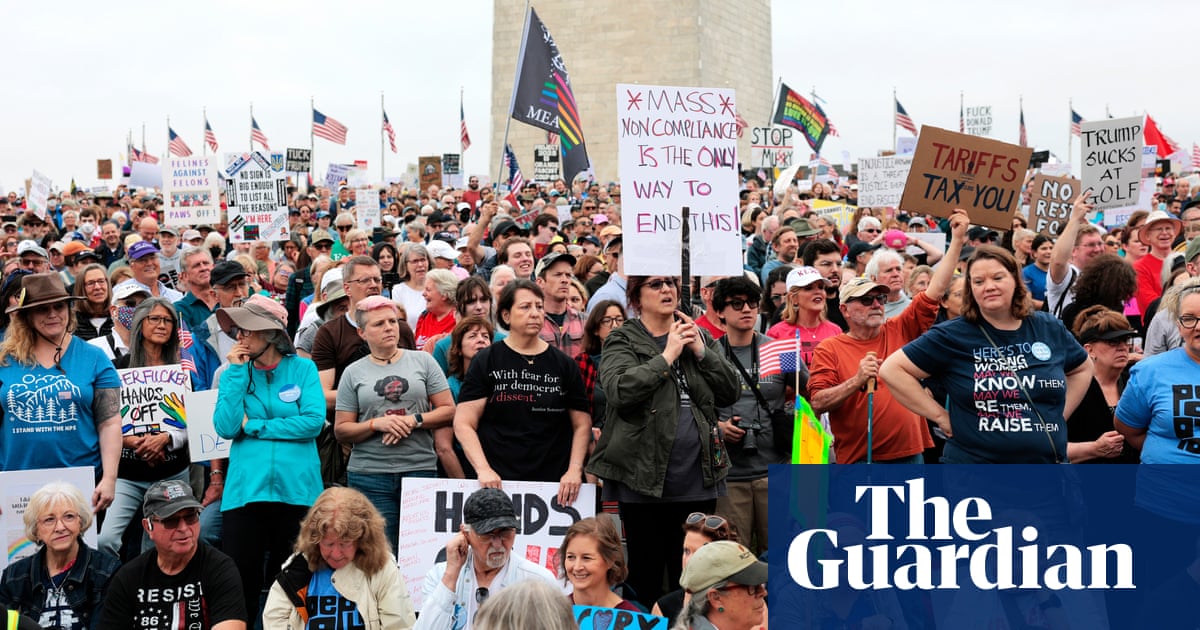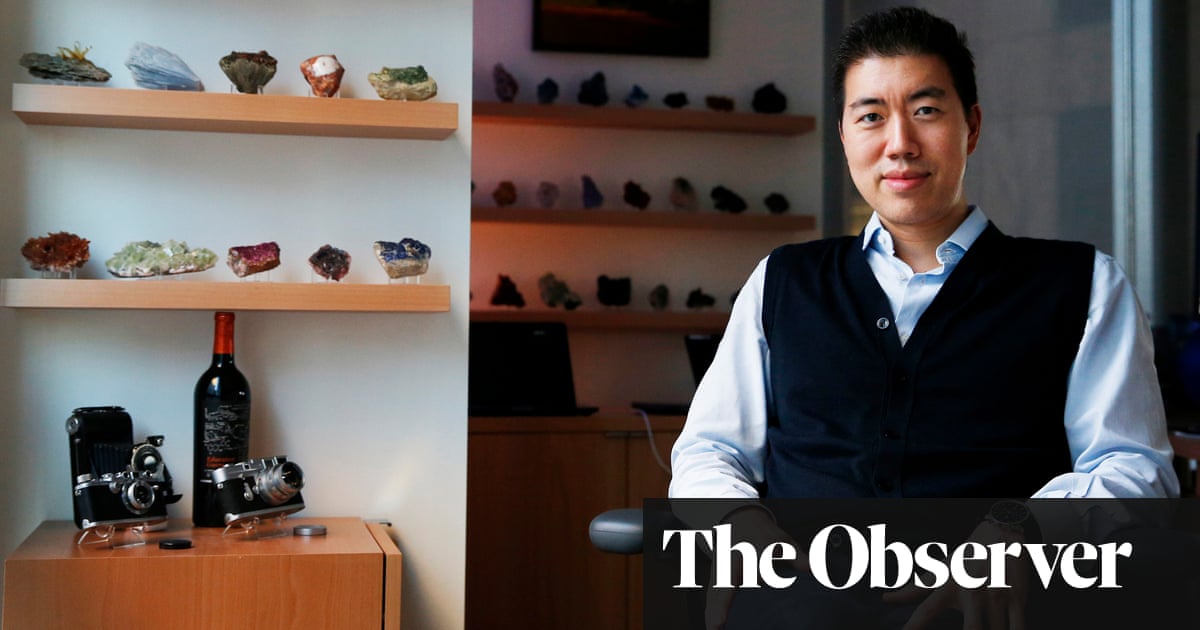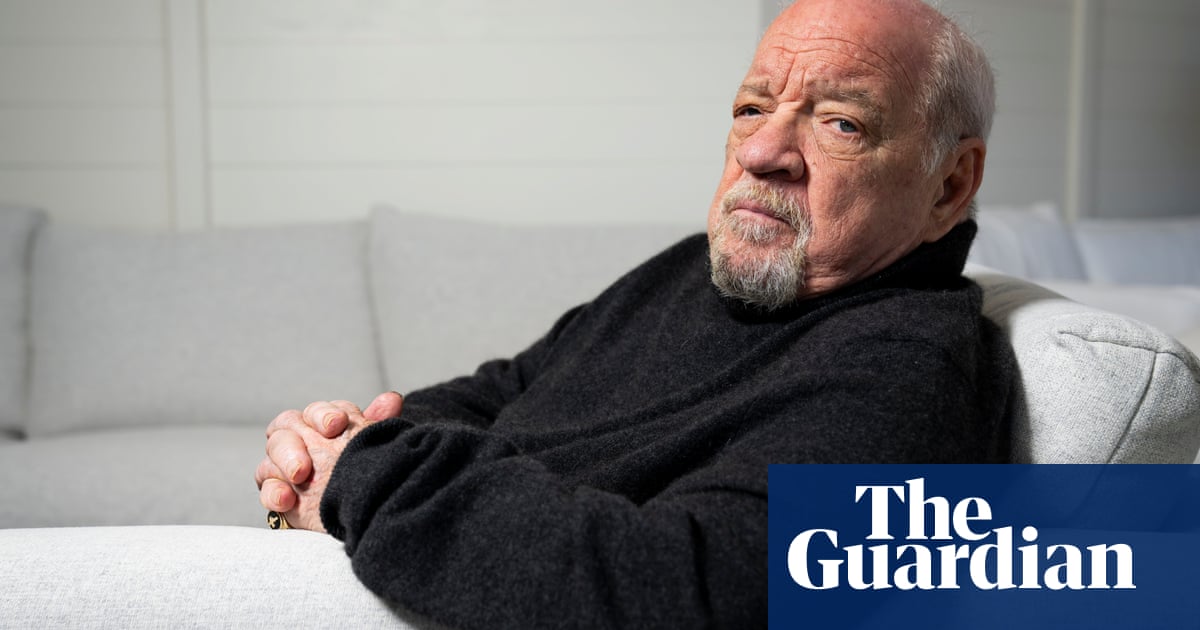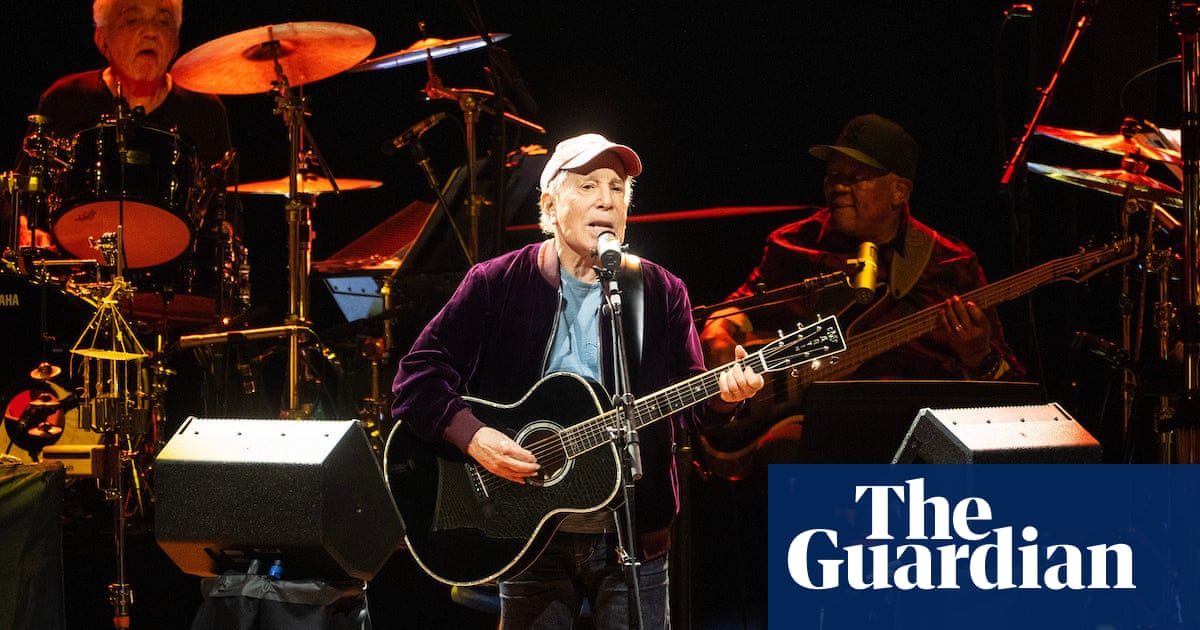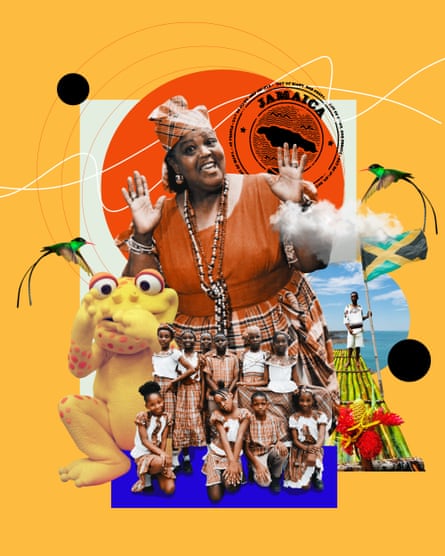
In 2000, I won a writing competition that awakened me to the depth and variety of Caribbean languages. As the Jamaica finalist for the My Caribbean essay competition, I joined more than 20 children from the region to form the youth delegation of the 24th Caribbean Tourism Conference in Bridgetown, Barbados.
I spent days with peers from islands that, until then, I did not know existed, such as the small but brilliant Sint Eustatius and Saba in the Leeward Islands. What I remember most are the simple greetings and phrases the other children and I taught one another in our different Creoles. Every child had an official language they wrote in to win their national competition – English, French, Dutch etc – but as soon as we were comfortable enough, we ditched those and shared as much as we could in our everyday tongues.
It was during the futuristic fervour of the new millennium, so the My Caribbean competition tasked us with writing about three things we would preserve from our country in a time capsule to the year 3000. In my memory box was the work of Louise “Miss Lou” Bennett-Coverley, a poet, performer and advocate of Jamaican language. Like most other children in Jamaica, I first learned to recite poetry by Ms Lou in school. Her work developed in the vein of writers such as Claude McKay, who defied linguistic standards of the early 20th century and wrote for the Jamaican dialect.
Miss Lou’s use of Jamaican Creole, called Patois (Patwa), brought new appreciation to the language from the 1940s onwards. Until then, English had been the language of education and art – Patwa was shunned in official settings. The independence era of the 1950s and early 60s coincided with the rise of Patwa in literature and music, and by the 1970s it was firmly embedded in reggae, writing and performance. Miss Lou went on to produce and host a Jamaican children’s TV show called Ring Ding, which broadcast from 1970-82.
Despite this, there has been little national desire or governmental effort to recognise a formalised Jamaican Creole, and English remains the only official language of the island. Though Patwa is the first language of many Jamaicans, there is still a stigma associated with its use. This is unsurprising for a language formed as a medium for enslaved people from different parts of Africa and the Americas to communicate with one another and their enslavers on Caribbean sugar plantations.
But Patwa is not “broken English”. While English was the lexifier (base language), Patwa finds much of its structure and vocabulary in the west and central African languages of the people who formed the majority Black population of the island. Whether or not the government recognises it, Jamaican Creole has consistent grammatical rules as well as generations of native speakers that qualify it as a language.

Gullah Creole is similar to Jamaican Patwa. The Gullah people are African Americans from the south-eastern coastal plain and Sea Islands of the US – through North Carolina, South Carolina, Georgia and Florida. Also referred to as Geechee for their connection to the Ogeechee River, Gullah Geechee people retained many of the Africanisms adopted from enslaved people trafficked into the area. Gullah Geechee speakers report being asked if they are from Jamaica when others hear them talk, while Caribbean people might be shocked to hear African Americans use structures of grammar or patterns of intonation that they can understand. The link is not unfounded.
Gullah people speak the only African-influenced English Creole in the US. It is connected to the English-speaking Caribbean through words that the Jamaican-born linguist Frederic Cassidy referred to as “virtually pan-African”; nam in Gullah means “to eat”, just as nyam does in Patwa, nyan for Suriname Creole speakers and nyami to Fula speakers of the Senegambian region. Additionally, anglophone Caribbean and Gullah Creoles use variations of the word oono/unu/ona (“you lot” in British vernacular), a retention carried over by enslaved Africans from the Igbo language region.
Like Jamaicans, Gullah speakers make plural nouns by adding “dem” to highlight more than one – so, your yeye dem refers to your eyes and the chair dem points to multiple chairs. Gullah also uses reduplication for emphasis: a Gullah speaker might refer to a delicious meal as swit swit, while a Jamaican will similarly say sweet sweet or nice nice. Both languages also follow the common conjugation style of English-based Creoles, where verbs remain in the infinitive and are modified by words such as ah/dah/deh, did, fi/fuh, and bin to mark tense. For instance, him dah go and him ah go would be understood by Gullah Creole and Patwa speakers as “he is going”.
There is merit in preserving Gullah culture by studying its Creole alongside the native tongues of the Caribbean. The US Sea Islands and the English-speaking Caribbean have vastly different political and social geographies, however a shared language and colonial history join the cultures in distinct ways.
At the turn of the new millennium, Nickelodeon stopped airing a favourite TV show of mine: Ron and Natalie Daise’s children’s programme Gullah Gullah Island. Something I did not realise until sitting to write this article is that the name of the human-sized yellow frog on Gullah Gullah Island, Binyah Binyah, is how Gullah people say we’ve been here – we binyah, binyah. Jamaicans might say the same thing: wi bin yah, wi deh yah, wi bin deh yah!
There’s an irony in this show ending just as I was becoming exposed to the variance and multiplicity of Caribbean language. But as we expand the body of knowledge on Creolisation in the Americas, and the sociolinguistic impact of colonisation, we are likely to encounter new and surprising connections between our cultures – through these ties, and familiarity, we can hope to keep our languages alive.
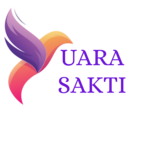
 15 hours ago
7
15 hours ago
7

